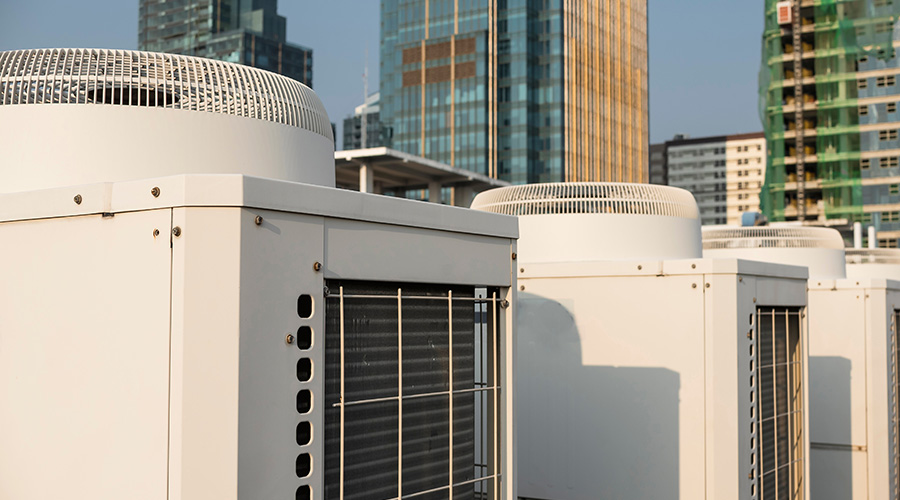WELL Building Standard Provides Blueprint for Healthy Building, Occupants
When a building is healthy, so are its occupants and the organization.
Building owners and facility managers are harnessing and implementing technology to create high-performance buildings, HVAC, lighting, interiors, and exteriors. But just as important as the building are the people in the workspaces. The physical workplace is one of the top three factors affecting performance and job satisfaction. In terms of an organization’s bottom line, personnel costs significantly outweigh the costs for design, construction, maintenance, and operations. Improving the workplace environment can reduce the largest line item in the 30-year costs of a building — personnel costs — offering a meaningful return on investment.
A healthy building can benefit both productivity and ROI. Ilona Bray, author of Healthy Employees, Healthy Business, recently found that a healthy building at Johnson & Johnson resulted in both a 15 percent increase in employee retention and a savings of $250 million in health care costs over a decade. Bray also noted that healthy workers are 3.1 times more productive than others. In an article in Harvard Business Review, Leonard Berry, Ann Mirabito, and William Baun found that a return of $6 can be expected for every $1 spent on a wellness program and that spending less than $40 per person per year on doubling ventilation rates could lead to an estimated productivity gain of $6,500 per person per year.
The WELL Building Standard is an evidence-based system for managing the performance of building features that impact productivity and occupant health. WELL is administered by the International WELL Building Institute (IWBI), a public benefit corporation that aims to improve human health and well being through the built environment. WELL focuses on more than 100 specific features centered around seven core concepts: air, water, light, nourishment, fitness, comfort, and mind.
Once a project has demonstrated that it meets the minimum criteria, it is certified as a silver, gold, or platinum project. The first several spaces were certified in 2014, and today there are approximately 350 projects registered to obtain certification.
Some examples of WELL’s concepts show how WELL endeavors to use buildings to improve health, productivity, and well-being.
Related Topics:














